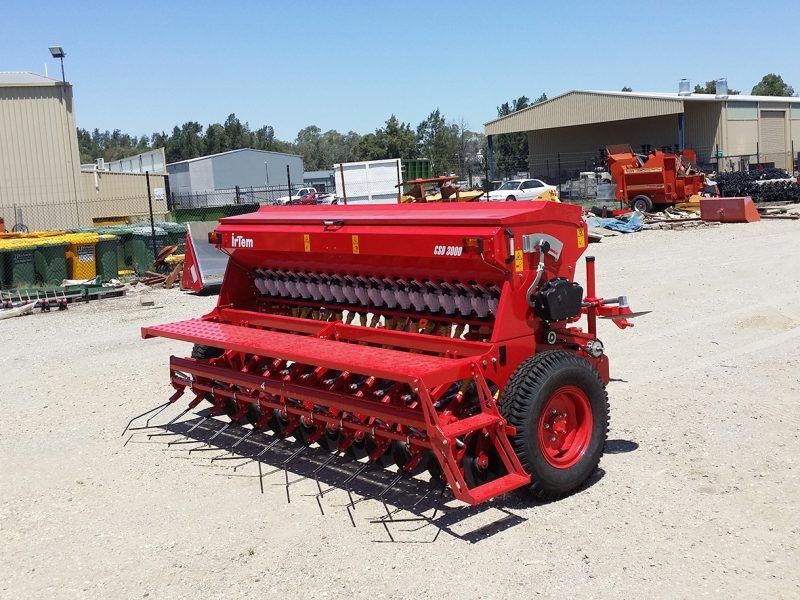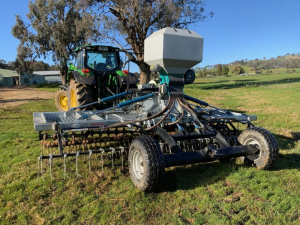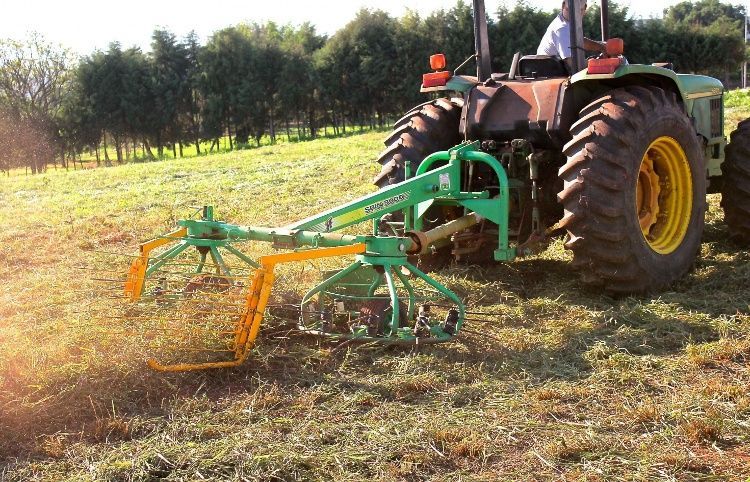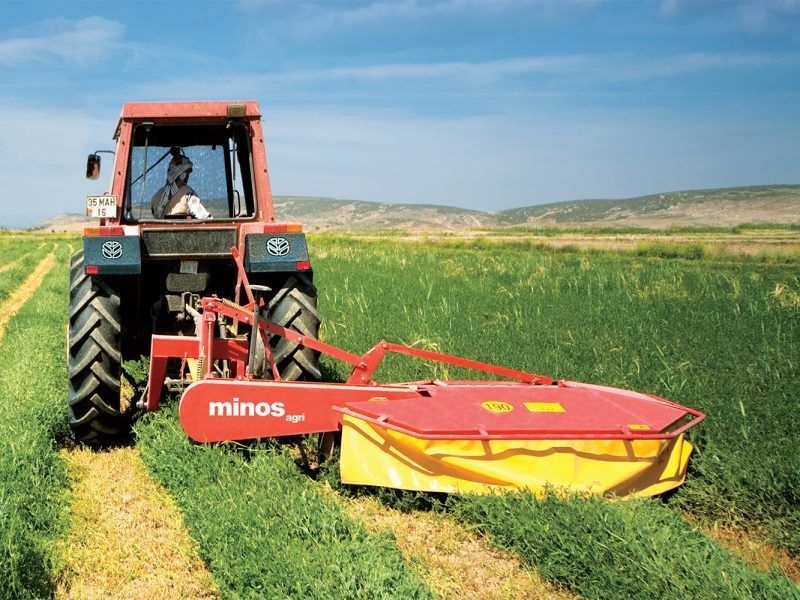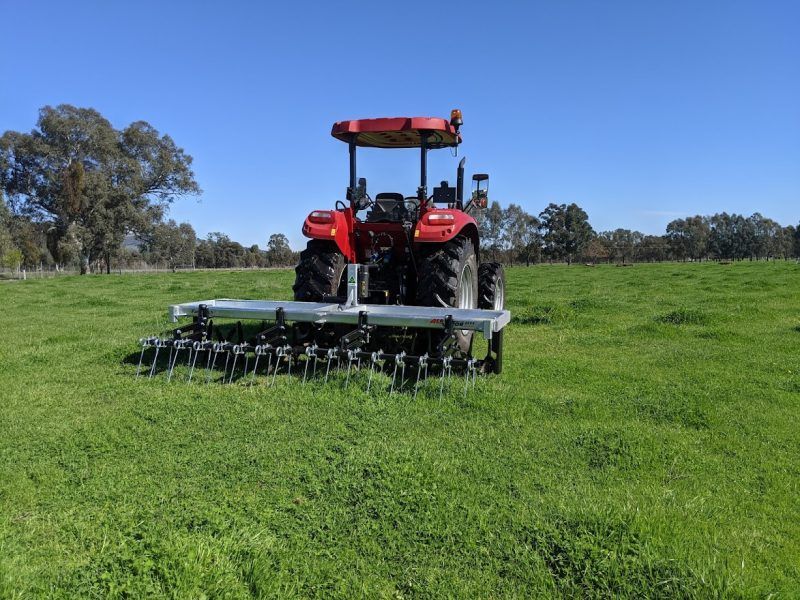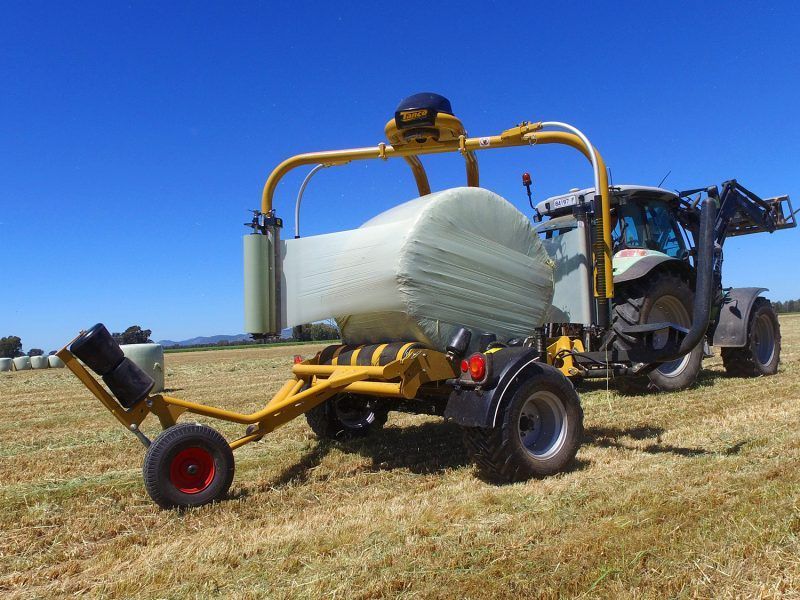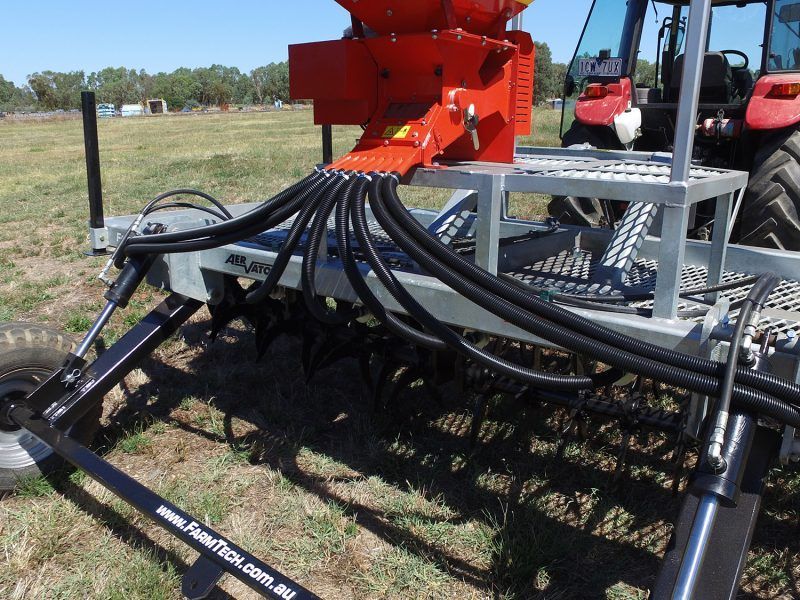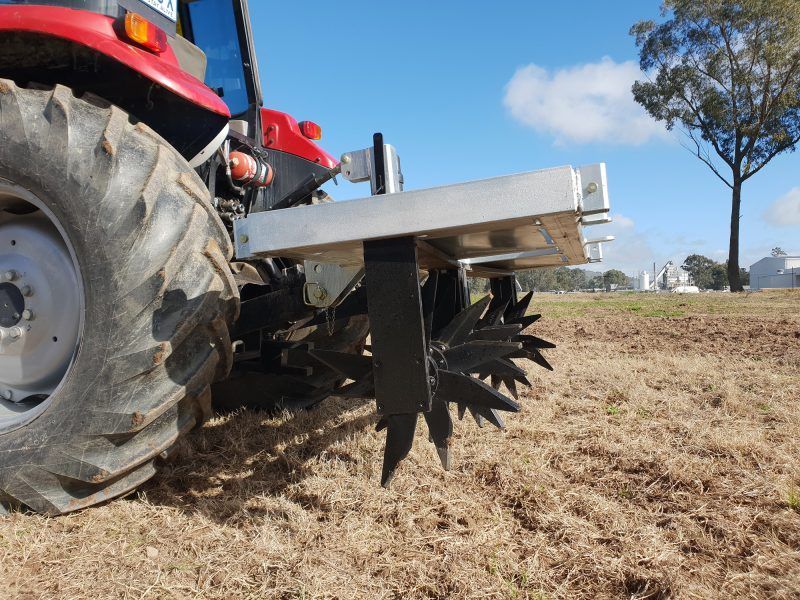Best Practices for Successful Seeding With a Farm Seeder
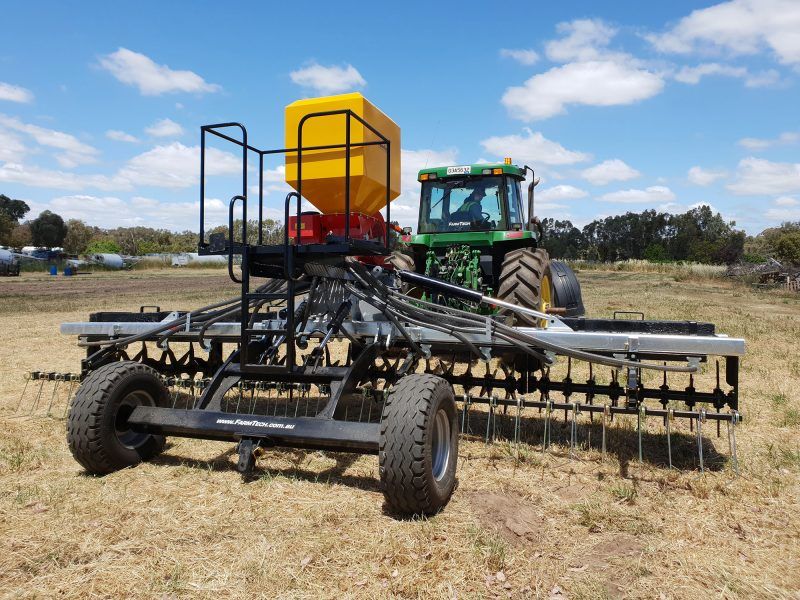
For successful crop management, it’s vital to use a Farm Seeder correctly, especially when it comes to seeding with a Farm Seeder. Adopting best practices ensures the best outcomes. Factors such as seed selection, soil type, and moisture levels must be considered when selecting or choosing a Farm Seeder. This article will provide an overview of these best practices so you can maximize yields by selecting the perfect seeder for your farm.
Seeders are tools used in agriculture that are utilized to sow seeds in a precise and effective way, particularly during the process of seeding with a Farm Seeder. They are available in various designs and sizes and are driven by either a 12 volts power source or ground drive. The primary goal of these seeders is to ensure accurate seed placement, which is crucial for the successful growth of crops.
Benefits of Using a Farm Seeder
- Increased efficiency: Farm Seeders are designed to maximize efficiency, providing a precise and accurate seed placement that helps ensure each individual seed has the best chance of germinating and growing successfully.
- Cost savings: By using a Farm Seeder, farmers can save time, money, and resources when compared to traditional methods that require manual handling and excessive manpower.
- Greater accuracy: Farm Seeders provide precise seed placement in order to ensure uniform crop growth and reduce wastage of seeds due to incorrect spacing or depth.
- Versatility : Farm Seeders are highly adaptable pieces of equipment that can be used for different types of crops.
Preparation
A. Selecting the Right Seeds
Before farmers can start using their farm seeders, they need to go through a process to ensure that everything is set up properly. They first consult with their agronomist to select the right seed for their crop.
Once they have chosen the seed, they need to set up their machines and calibrate them to make sure the seeds are placed precisely where they need to be for successful growth. This can take some time, but it’s an important step to ensure the best possible outcome for the crops.
B. Proper Soil Moisture Level
Ensure the soil is moist enough to allow the seed to germinate but not too wet, as this can cause mold and fungus growth. If the soil is too dry, add water and mix it into the top few inches of soil before seeding.
Monitor and adjust the moisture level during seeding to optimize conditions for successful germination and growth. As a general rule, aim for a soil moisture content of between 20-30%, depending on your cropping requirements.
When it comes to watering paddocks, not everyone has access to irrigation systems. Some people rely solely on rain to water their crops, which can be a bit of a gamble depending on the weather patterns.
However, for those who have been doing it for years, it’s just part of the process. They keep a close eye on the forecast and adjust their planting and watering schedules accordingly. It can be challenging at times, but it also means that they have a deep respect and appreciation for nature and the role it plays in their livelihood.
C. Choosing the Ideal Location
When deciding where to seed their paddocks, farmers have to take various factors into consideration. The location of the paddock plays a crucial role in determining the success of the crop.
Farmers must assess the soil type, the amount of sunlight the paddock receives, and the availability of water. They also need to consider the slope of the land and the risk of erosion.
By taking all of these factors into account, farmers can choose the ideal location to seed their paddocks, which can result in a better yield and healthier crops. Once the location is selected, the farmers will then proceed to seed all of their paddocks.
D. Pre-planting Tillage
Pre-planting tillage is an essential step in farming that helps to prepare the soil for seeding. One-pass tillage systems are becoming increasingly popular as they can save farmers time and diesel.
By using a one-pass system, farmers can both till the soil and seed their crops at the same time. This process not only saves time and fuel but also helps to remove compaction from the soil, making it easier for the seeds to take root and grow.
Tilling also has the added benefit of turning the soil over, which helps to kill weeds and integrate stubble, trash, and green manure into the soil. All of these factors contribute to a more successful crop and a healthier soil ecosystem.
Maintenance and Care After Planting
A. Weed Control Strategies
Keeping a close eye on your fields and taking action against weeds is crucial to ensuring a healthy crop. Hand-weeding is a great way to get rid of emerging weeds, but using pre-emergent herbicides can also help prevent weed growth.
If you do notice existing weeds, post-emergent herbicides can target them without harming your crop. Implementing crop rotation and cover cropping practices can also help reduce weed pressure and improve the overall health of your soil.
Another effective method is using mulches or cover crops between rotations, which can prevent weed growth and conserve water. Additionally, mechanical cultivation or tillage can be used to remove weeds without disturbing the soil too much.
Finally, you can consider using eco-friendly methods such as releasing beneficial insects or using biopesticides to target specific weeds.
B. Monitoring Plant Development and Making Adjustments as Needed
When it comes to maintaining healthy and productive fields, there are a few things you can do. For starters, it’s important to monitor your fields frequently for any signs of stress or disease. Once you’ve done that, you can adjust the speed of your seeder to suit the soil conditions and crop requirements.
It’s also essential to ensure that all seedlings are planted at the desired spacing and depth. You can do this by making any necessary adjustments to your equipment. Don’t forget to monitor soil nutrient levels throughout the season and use a balanced fertilizer blend to maintain optimal fertility.
Another great way to prevent weed growth and improve soil health is to utilize cover crops or mulches between crop rotations. Plus, using drip irrigation or other low-pressure systems can help you conserve water and reduce runoff.
When it comes to managing weeds, pre-emergent herbicides can help reduce weed growth before and during crop emergence. And for any existing weeds, applying post-emergent herbicides can target them without harming the crop.
As you continue to monitor plant development, you may need to adjust irrigation to ensure optimal performance. And it’s important to take note of any changes in climate or environment as this may require different growing techniques or adjustments in planting schedules.
Conclusion
Using a farm seeder is a crucial part of crop production, but to get the best results, farmers need to follow some best practices. First, it’s important to use pre-emergent herbicides and post-emergent herbicides to keep weeds at bay. Also, keeping an eye on soil nutrient levels and using cover crops or mulches between rotations can help improve soil health and reduce weed growth.
Looking to improve your crop production and maximize your yields? It’s time to invest in a high-quality seeder from Farmtech! With our top-of-the-line seeders , you can ensure precise seed placement, reduce weed growth, and improve soil health. Don’t wait any longer to take your farming to the next level. Browse our selection of seeders today and start planting the seeds of success!



